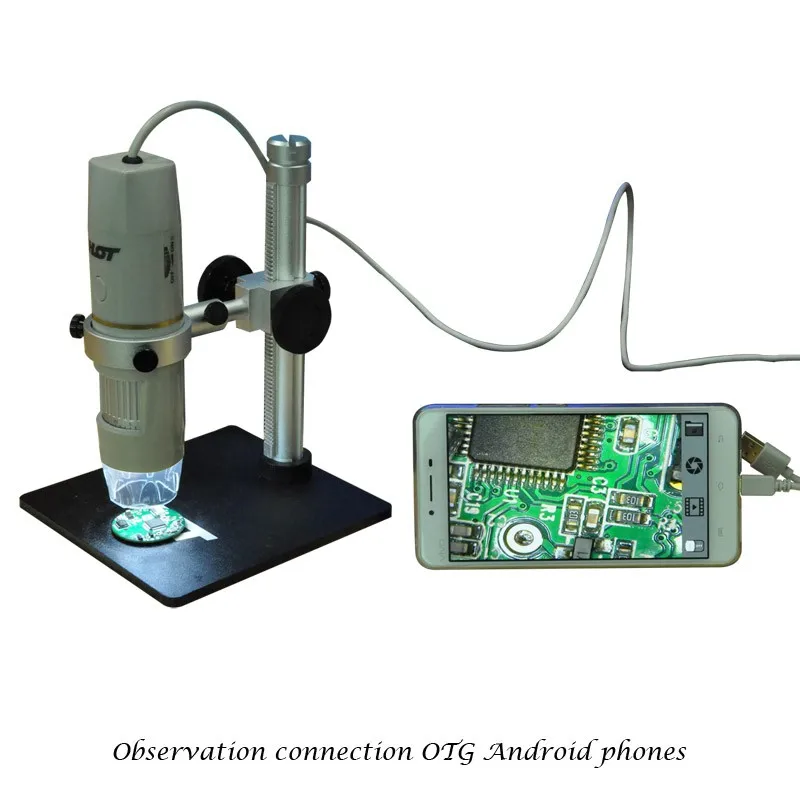


These ice crystals are difficult to detect and can be hazardous to plane engines as pilots fly through and around storms. More recently, in July 2022, the DC-8 was spotted flying through a storm off the coast of North Carolina, where it was continuing its research into high ice water content-tiny ice crystals that develop in deep convective storms. Since then, the DC-8 has flown 141 science campaigns over every ocean and every continent except Africa.” “The campaign confirmed the extent of the Antarctic ozone hole observed by ground science teams earlier and supported the United Nations Montreal Protocol on Substances that Deplete the Ozone Layer. “The inaugural science campaign was the 1997 Airborne Antarctic Ozone Experiment flown with instrument teams from NASA centers Ames, Langley, and JPL, as well as NOAA,” says Chris Jennison, DC-8 mission manager, Airborne Science, NASA AFRC. Campaigns have included atmospheric chemistry, archaeology through synthetic aperture radar, geography, meteorology, volcanology, meteor shower observation, and spacecraft launch and reentry tracking. The DC-8 has flown all over the world and conducted many types of experiments. The plane also has an Ethernet LAN with servers and Wi-Fi. Examples include a weather radar, global positioning and inertial navigational systems, a radar altimeter, and sensors able to record total air temperature, ambient pressure, and relative humidity. The DC-8 flying laboratory also houses a suite of operational aircraft and data systems, which can be customized to specific missions or science instruments.
DIGITAL BLUE USB MICROSCOPE DRIVERS WINDOWS
Some of the modifications on board the aircraft include zenith and nadir instrument ports modified window ports for instrument and probe mounting external antenna mounts wing pylon instrument mounts optical windows of various materials a dropsonde delivery tube air and aerosol sampling probes standard 19-inch equipment racks (up to 20 racks and 25 instruments typically accommodated) a laser chiller unit and both 400 Hz and 60 Hz power available to experimenter stations. The aircraft can fly for up to 12 hours, although most science missions average between six to 10 hours. It has a range of 5,400 nautical miles (6,200 statute miles) and can fly at mission altitudes ranging from 1,000 to 42,000 feet. The aircraft has flown with as many as 38 suites of scientific instruments, weighing up to 30,000 pounds. It accommodates a flight crew of eight people and a science crew of up to 42, although it was designed for an airline capacity of 189 passengers. NASA’s DC-8, tail number N817NA, measures 157.5 feet long, with a wingspan of 148.4 feet and a tail that is 43.5 feet high. Because it flies in Earth's atmosphere, the DC-8 is a relatively inexpensive method for testing and verifying prototype satellite instruments.Īfter more than a year of heavy maintenance, including an overhaul to all four engines, the DC-8 returned to the skies on January 6, 2021, to prepare for an aerosols and wind campaign, a joint effort between NASA and the European Space Agency. NASA then outfitted it for use in atmospheric science research, as well as missions related to validating instruments before they are launched on satellites and calibrating them afterward. The plane was built in 1969 and used by airlines Alitalia and Braniff Airways before NASA acquired it in 1985. The DC-8’s primary missions are sensor development, satellite sensor verification, and basic research studies of the surface and atmosphere of the Earth.


Based at NASA Armstrong's Building 703 in Palmdale, this unique flying laboratory gathers data for experiments in support of scientific projects and community members including investigators from NASA and other federal, state, academic, and foreign institutions. The research occurs aboard NASA's DC-8 Airborne Science Laboratory, a highly modified Douglas DC-8 jetliner. Rather, this room hosts instrument teams from universities and research centers from all over the world who come here to prepare their experiments to fly. What’s missing is any kind of scientific apparatus because this is not the room where the scientific research actually occurs. This space houses things that might be found in any general-purpose laboratory-40 work benches, power strips, a fume hood, three chemical lockers, four sets of laser curtains, a shower and eyewash station, a sink, and a refrigerator. Walk into NASA Armstrong’s airborne science instrument preparation room in Palmdale, CA, and you will see what might appear to be an ordinary lab.


 0 kommentar(er)
0 kommentar(er)
